For musculoskeletal health and pain management, traditional acupuncture and dry needling are two of the most popular treatments offered by physiotherapy clinics in Hong Kong. While both treatments consist of inserting thin needles into the body, their philosophies, history, and uses are different. Understanding the differences can lead you to decide which treatment can be best for your needs.
Table Of Content
Traditional Acupuncture
Origins and Philosophy
Traditional acupuncture is a core component of Traditional Chinese Medicine (TCM) with over 2,000 years of history. It is based on the presence of “qi” (pronounced “chee”), the body’s life energy that flows along channels known as meridians. TCM practitioners believe that disturbances or imbalance in qi lead to pain and disease. Acupuncture is employed to restore balance by stimulating certain acupoints, augmenting the body’s natural healing processes, improving circulation, and releasing endorphins.
What to Expect In a Session
During an acupuncture session, thin needles are placed into certain points along the body’s meridians. The needles remain in place for anywhere from a few minutes to 20 minutes. Most individuals find the process extremely relaxing, with the effects often extending far beyond simple pain relief to encompass improved sleep, reduced stress, and overall well-being.
Acupuncture is most commonly employed for
- Chronic pain care (e.g., lower back pain, arthritis, headache)
- Decreased stress and mood
- Gastrointestinal symptoms and endocrine dysfunction
- Increase in energy levels and blood flow overall
Dry Needling
Origins and Approach
Dry needling, or intramuscular stimulation, is a recent technique based on Western medicine. It addresses myofascial trigger points—contracted muscle knots causing pain and limiting mobility. By inserting thin needles directly into these trigger points, dry needling aims to release the tension in the muscles, promote blood flow, and reduce pain.
What to Expect In a Session
A physiotherapist conducting dry needling will initially look for tight or painful muscle. The needle is placed in the trigger point itself, possibly inducing an immediate twitch response when the muscle is at rest. Unlike acupuncture, dry needling treats specific known muscle dysfunction and is most commonly used to alleviate local pain and restriction of motion. Some feel an immediate relief, or some experience discomfort followed by later improvement.
Dry needling is generally used for
- Treating muscle tension and strain
- Improving flexibility and range of motion
- Treatment of sports injuries
- Relief from tension headaches and posture tension
Similarities and Differences
Both acupuncture and dry needling use fine needles, and both are generally low-risk when administered by qualified professionals. Acupuncture rests on a holistic philosophy drawn from traditional Chinese medicine, while dry needling is grounded on evidence-based anatomical principles and is used specifically to relieve muscle pain and movement dysfunction.
Key Differences
- Philosophy: Acupuncture is based on energy flow and holistic healing, while dry needling is focused on musculoskeletal dysfunction.
- Treatment Goals: Acupuncture addresses a wide range of conditions in addition to pain, including stress and digestion, while dry needling is primarily applied for muscle-related discomfort.
- Application: Acupuncture applies traditional meridian pathways, while dry needling targets trigger points directly within the muscles.
Which One Might Be Right for You?
The best method is your decision. Acupuncture might be your best bet if you’re after a holistic cure that boosts your general health, in addition to pain relief. Dry needling may be more your thing if you’ve tension in your muscles or trigger points that need careful release. Having a chat with an experienced physiotherapist can help choose the best procedure for your symptoms.

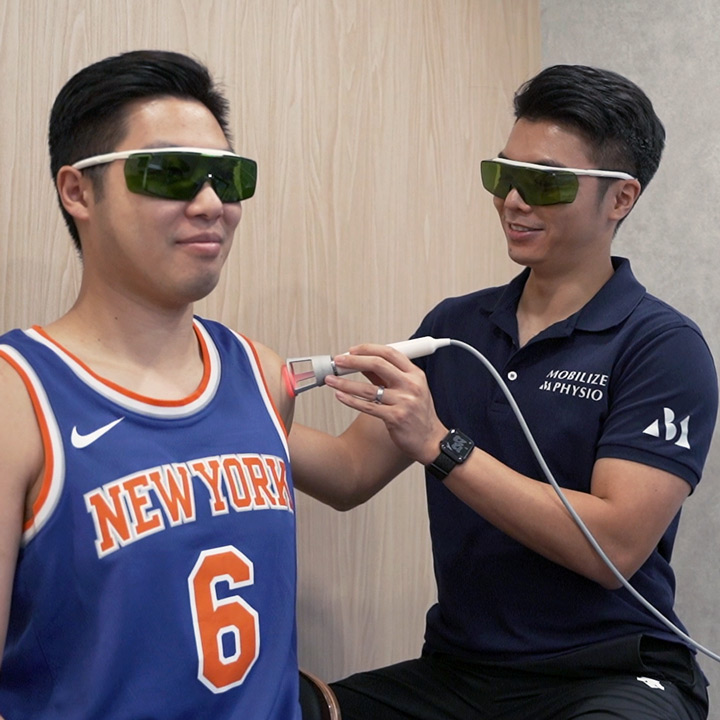
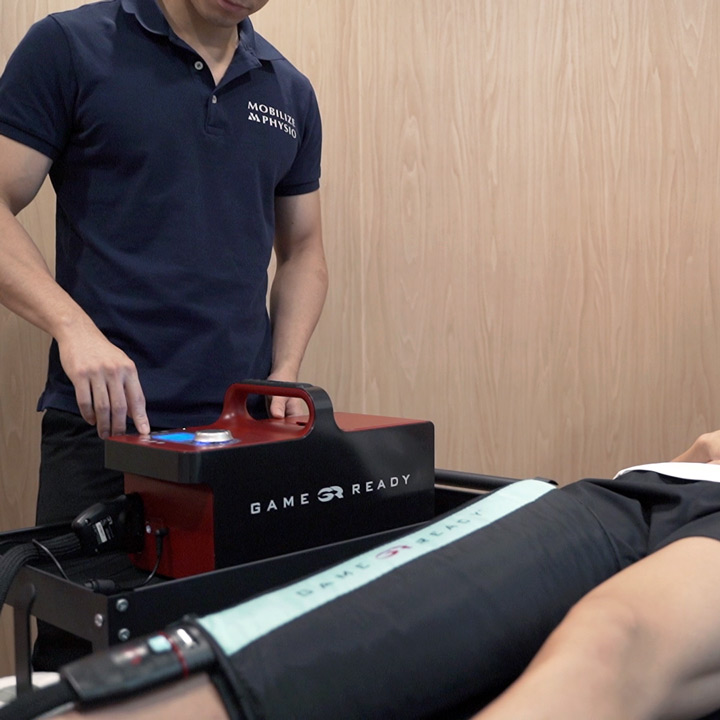
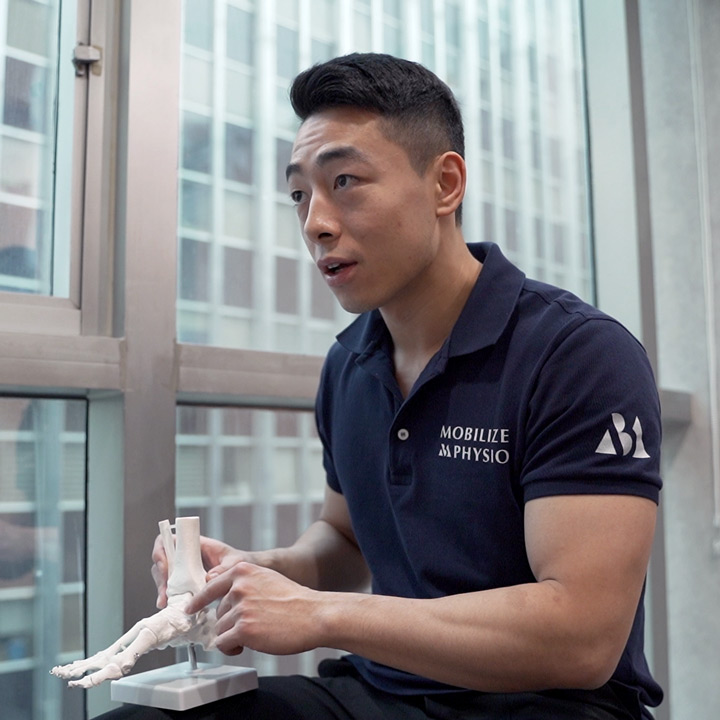
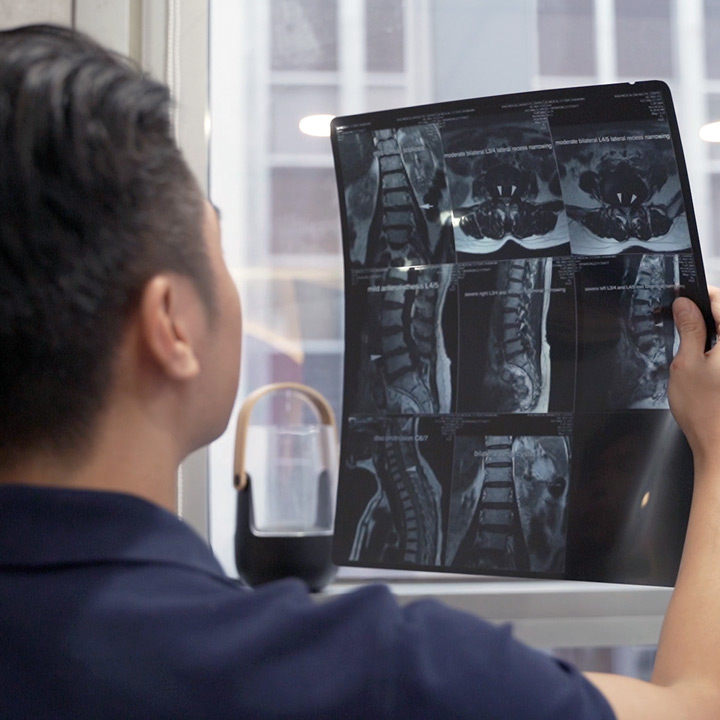
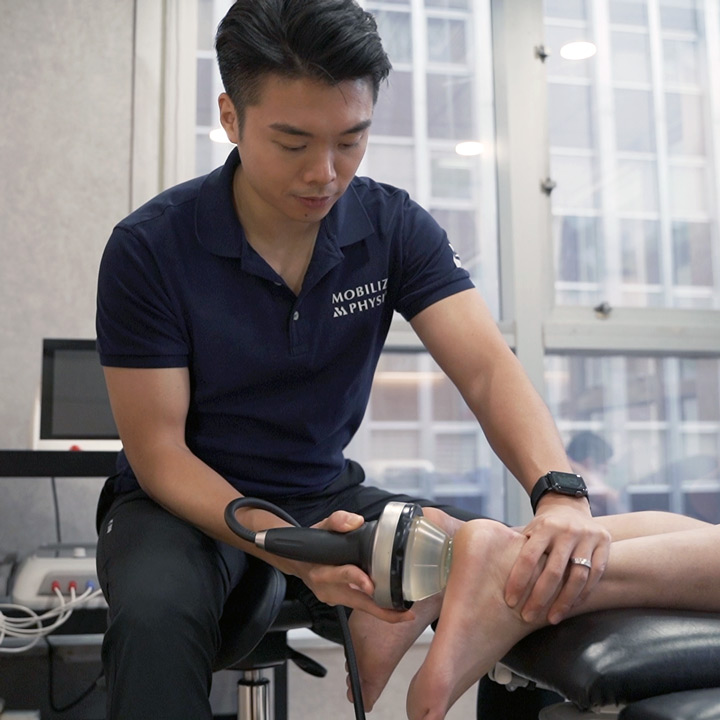
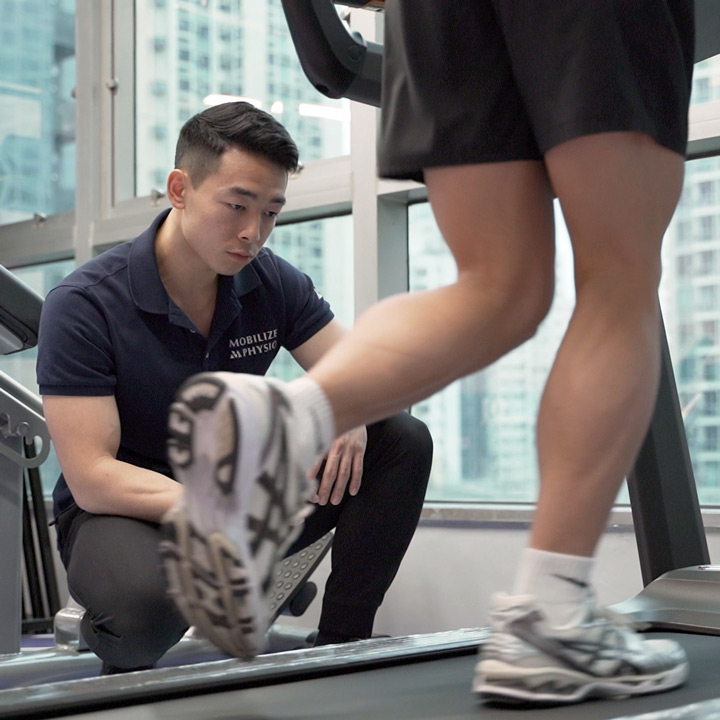
Physiotherapy Service
Mobilize Physio is a physiotherapy center located in Hong Kong. Our team of professional physiotherapists provides high-quality, evidence-based pain treatment. Our services include sports injury treatment, pain management, post-surgery rehabilitation, and posture and body alignment correction.
Every patient is unique, and we believe that every treatment plan should be customized accordingly. Therefore, we focus on one-on-one service to ensure that each patient receives personalized attention and specialized care. Contact us today to learn more about our physiotherapy services.
Latest Blog Posts

Why Pre and Post-Operative Physiotherapy is Essential for Recovery?
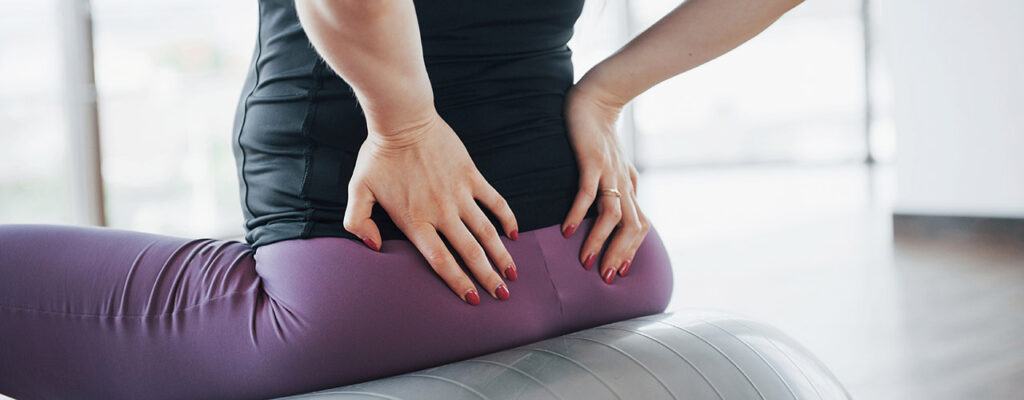
Tips to Reduce Hip Joint Pain and Stiffness
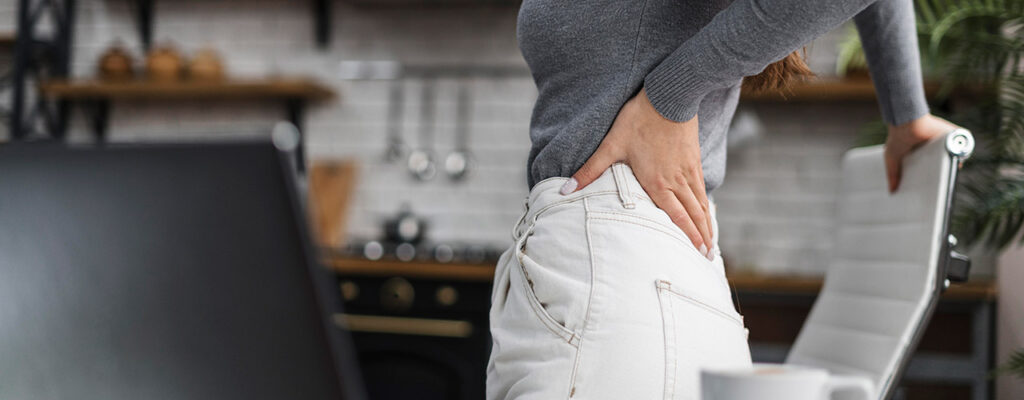
Pain in the Butt: Why It’s Probably Not Piriformis Syndrome
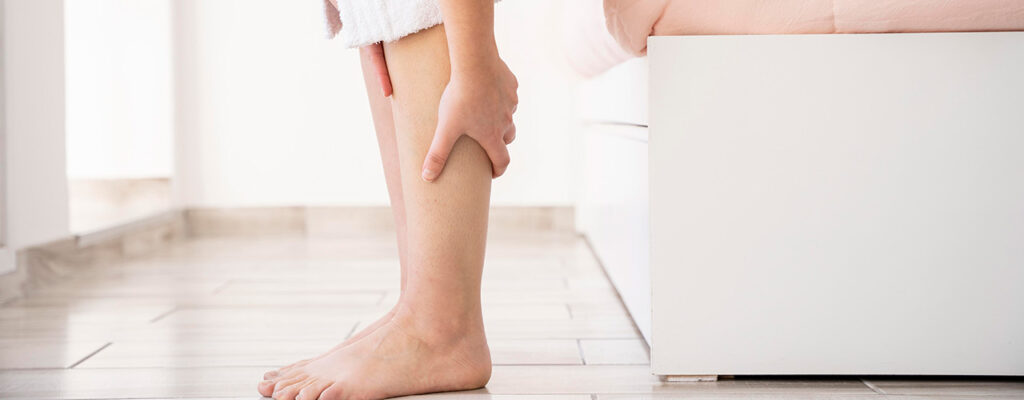
Standing All Day at Work? 7 Tips to Reduce Your Risk of Varicose Veins

Mobility Enhancement for Older Adults: The Key to Healthy Aging
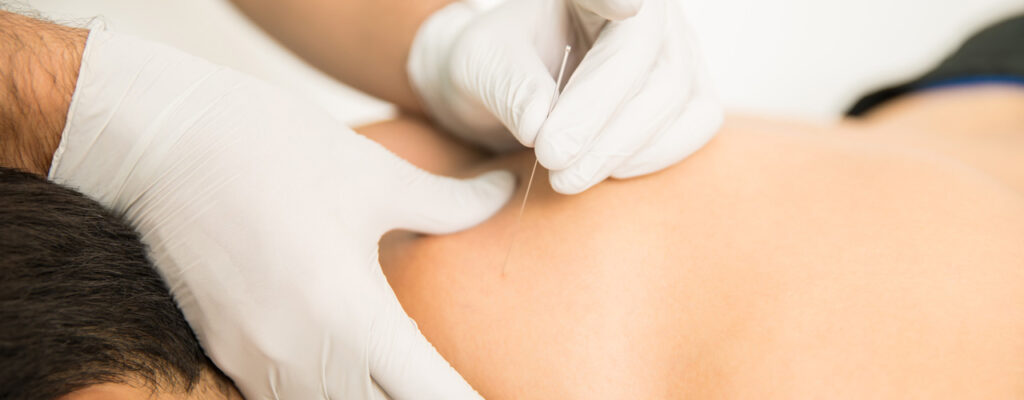
Traditional Acupuncture vs. Dry Needling: What’s the Difference?

